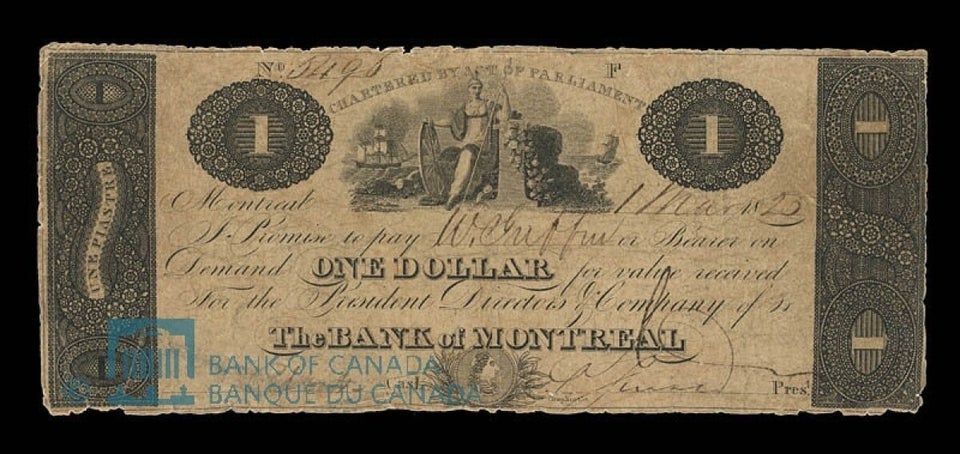
This column is a bit of a departure for me. I'm more comfortable writing about relationships, my favourite fashion designers, meaningful causes and consumer trends than interest rates but the Canadian dollar has been a hot topic of discussion pretty much every where I go when I am working in Toronto.
I'm certainly not an economist but I am a consumer and like everyone else, have a vested interest in my money's purchasing power. This really hit home as I was browsing through Maxfield LA when I was in Los Angeles last week. Tempted to buy a black cashmere sweater from Rick Owens, I didn't... and what stopped me? The exchange rate on the Canadian dollar! Ouch! Currently hovering at 70 cents, it's the lowest it's been in 13 years.
I accept that the market ups and downs influence the value of our currency but 70 cents? I can remember late 2007 when the Canadian dollar was at an all-time high of $1.08. And even a few years ago in December 2013 it was sitting at a respectable 94 cents.
So with apologies to any economists reading this article, here is a non-economist's attempt to explain the reasons behind the current value of the loonie. If nothing else, I hope this article makes it easy for people to digest and understand why we are here... and perhaps even bring to light some of the benefits of our dollar being so low.
Falling oil prices:
One of the biggest factors explaining the fall in the Canadian dollar is the drop in global oil prices. Oil is one of Canada's biggest exports. There are many reasons and theories why oil prices are so low but at the core is simple supply and demand: the cornerstone of our market economy. The global market is in a state of oversupply (the U.S. and Saudi Arabia are pumping out more) with lower demand (China is buying less, the warmer winter weather has curbed demand, popularity of electric and hybrid cars). This means lower prices and less revenue flowing into Canada.
Low interest rates:
The Canadian economy is slugging along but not performing as well as the U.S. economy. Our central bank, the Bank of Canada, is keeping interest rates low hoping to stimulate consumer spending (buy more), promote employment (hire more) and economic growth (produce more). The American economy, on the other hand, has recovered reasonably well from its dark days of the 2008 financial crisis. Their central bank (the Federal Reserve System) has raised interest rates to keep the economy from getting overheated or inflated.
The winners and losers:
So what does the low Canadian dollar mean for people working in the creative industries? Some sectors stand to benefit while others will experience more challenges.
Already a hot spot for American film and TV productions, Hollywood North will become even hotter. Canada, particularly Alberta and British Columbia, were busy these past few years with such films as The Twilight Series, Rise of the Planet of the Apes, Man of Steel, Brokeback Mountain and most recently the TV series Fargo and The Revenant shot here. Canadian production companies are noting another spike in American projects filmed in Canada.
On the downside, consumer goods imported from the U.S. (everything from fruits and vegetables to luxury goods) are going to cost more in Canada. No doubt this will influence Canadian consumers to shop more at home and shop local. But it will also attract more American tourists hoping to stretch their dollar further so the Canadian tourism, hospitality, restaurant and retail sectors are poised to benefit. The lower dollar could be a great boost for Canadian fashion designers as well as all exporting, attracting more U.S. interest.
How low will the loonie go?
The big question on everyone's mind is how low will the loonie go and for how long?
Only monetary policies on both sides of the border and a host of global and market factors can answer that question and I'll leave that piece of the puzzle to economists and financial analysts to contemplate.
Of course, the low loonie won't stop me from going to the States. I live in New York City half the time and like many Canadian companies, much of my business is tied to the U.S. I will make small adjustments but I won't stop appreciating the great things offered in both countries or hoping that our dollar will rebound. This too shall pass.
Have you felt the effects of the low Canadian dollar? If so, how? I would love to hear from you! Please leave a comment or tweet me @Natashankpr.
ALSO ON HUFFPOST:
